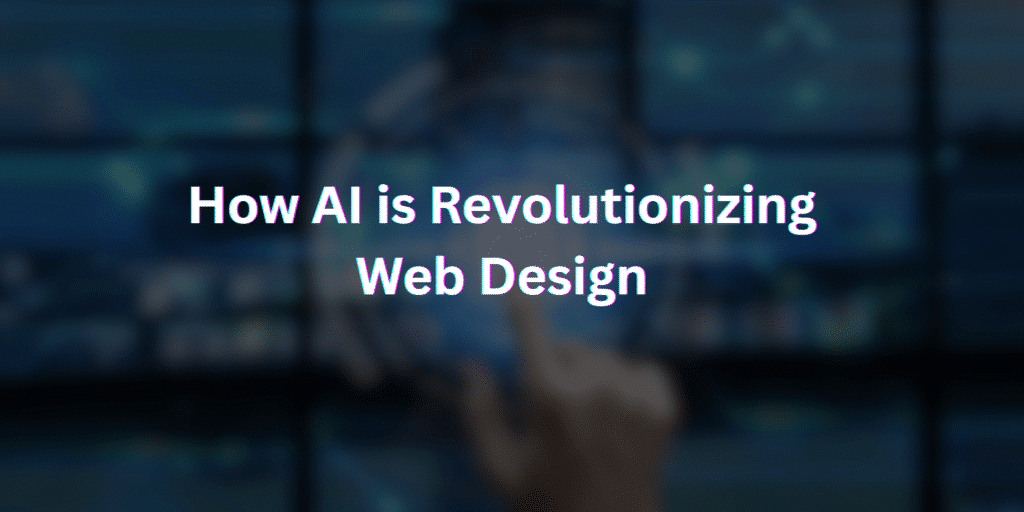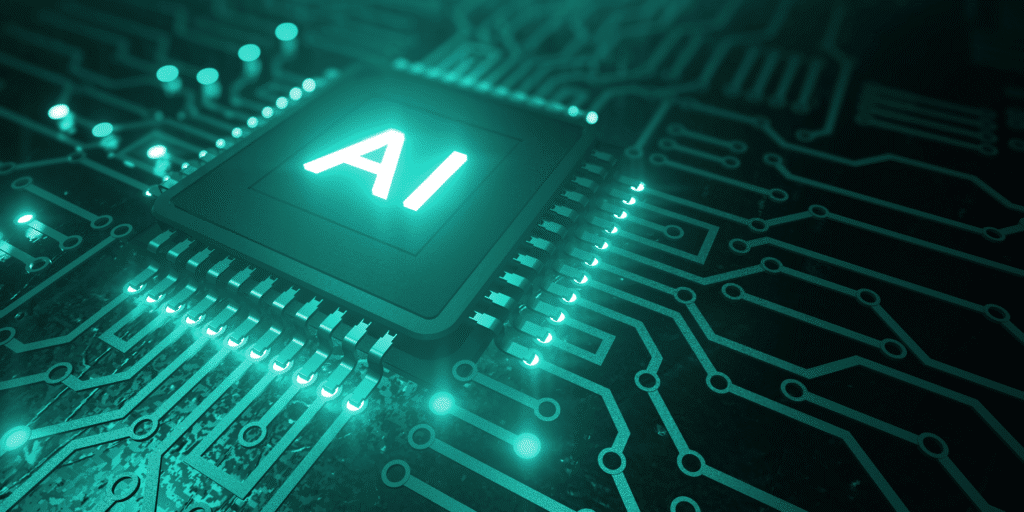
In the fast-paced digital age, web design has become more than just aesthetics. It’s about creating user-friendly, responsive, and conversion-optimized experiences. Enter Artificial Intelligence (AI) — a game-changer that’s transforming the web design landscape in unprecedented ways. From automating mundane tasks to enhancing user experience, AI is reshaping how websites are built and experienced.
What is AI in Web Design?
Artificial Intelligence in web design refers to the use of machine learning algorithms and tools that can mimic human decision-making, learn from user interactions, and optimize design elements automatically. This includes chatbots, AI-driven design tools, predictive analytics, personalization engines, content generation, and accessibility enhancements.
Key Ways AI is Revolutionizing Web Design

1. Automated Website Building
AI-powered platforms like Wix ADI (Artificial Design Intelligence), Bookmark’s AIDA, and Zyro are transforming the way websites are created. These tools ask users a series of questions about their business goals, preferred design styles, and content needs. Within minutes, they generate a professional-grade website — complete with text, images, and layout — reducing the need for technical skills and speeding up time to market.
These tools are especially helpful for small businesses, freelancers, and startups who need to establish an online presence quickly without hiring a large development team.
2. Personalized User Experience
One of AI’s most powerful features in web design is real-time personalization. AI algorithms track and analyze user behavior, including clicks, time spent on pages, search terms, and navigation paths. Based on this data, websites can deliver personalized content, product recommendations, and layout adjustments tailored to individual users.
This kind of dynamic content not only boosts engagement but also increases conversion rates by presenting users with the most relevant information at the right time.
3. Smarter UX/UI Design
AI is assisting designers with data-driven insights into what works and what doesn’t. Tools like Adobe Sensei, Uizard, and Figma AI plugins provide design suggestions, detect usability issues, and help designers create user interfaces that are intuitive and conversion-optimized.
For example, AI can analyze thousands of websites to determine which color combinations, button placements, or font styles yield better results — giving designers a competitive edge.
4. AI-Powered Chatbots
Chatbots have become an essential feature of modern web design. AI-powered chatbots such as ChatGPT, Drift, Intercom, and Tidio provide users with 24/7 customer service, guiding them through FAQs, product recommendations, and issue resolution.
They also help reduce human resource costs while enhancing the user experience. By learning from past interactions, chatbots continually improve their responses and offer more relevant assistance.
5. Content Generation and SEO Optimization
Creating high-quality, SEO-friendly content can be time-consuming. AI-powered tools like Jasper, Copy.ai, and ChatGPT help generate blog posts, product descriptions, headlines, and even meta tags based on your brand voice and target audience.
In addition, AI tools like SurferSEO and Clearscope analyze top-ranking pages and suggest keyword usage, content structure, and optimization techniques to improve search engine visibility.
6. Improved Accessibility
Accessibility is crucial in modern web design. AI helps make websites inclusive for users with disabilities by automatically detecting and addressing accessibility issues. Tools like AccessiBe and EqualWeb use AI to improve contrast ratios, generate image alt text, enable keyboard navigation, and adapt layouts for screen readers.
By ensuring compliance with accessibility standards (like WCAG 2.1), AI-driven accessibility tools help businesses avoid legal issues while reaching a wider audience.
7. Predictive Analytics for User Behavior
Predictive analytics uses AI to forecast how users will interact with a website. Based on historical data, AI can anticipate drop-off points, identify where users may experience confusion, and suggest design changes to improve flow and engagement.
For instance, if analytics show users frequently abandon their shopping cart on a certain page, AI can flag this issue and suggest alternatives such as simplifying the checkout process or changing button placement.
8. Visual Recognition and Image Enhancement
AI is also used for optimizing visuals. It can detect low-quality images, suggest improvements, and even auto-enhance photos using tools like Let’s Enhance, Canva AI, and Adobe Photoshop AI. Visual recognition allows for tagging and categorizing images for better searchability and user navigation.
In e-commerce, AI can recognize products in images and link them directly to purchase pages, creating a seamless user journey.
The Benefits of AI in Web Design
- Speed and Efficiency: AI reduces time spent on design, coding, and testing.
- Cost Reduction: Small teams can build high-quality websites without hiring large development crews.
- Data-Driven Decisions: Every design change can be backed by user data.
- Consistent Optimization: AI continues to learn and improve experiences over time.
- Scalability: Easily adapt content and features for global audiences and different devices.
- Improved Customer Engagement: Personalization and chatbots enhance user satisfaction and time on site.
Challenges and Considerations
While AI brings numerous benefits, it’s essential to consider its limitations:
- Lack of Human Creativity: While AI is powerful, it still lacks the emotional intelligence and creativity of human designers. Truly unique, brand-aligned designs still require a human touch.
- Data Privacy Concerns: AI relies on user data to provide personalized experiences. This raises concerns about data collection, storage, and GDPR compliance.
- Generic Outputs: AI-generated websites may lack originality if overused. It’s important to customize and refine AI outputs to reflect brand identity.
- Training Requirements: AI tools require some level of training and monitoring to ensure accurate results and alignment with business goals.
The Future of AI in Web Design
Looking ahead, the integration of AI and web design will only deepen. Emerging technologies like augmented reality (AR), voice search optimization, and generative design will further redefine the user experience. AI might soon be capable of holding entire web design conversations, adapting to real-time feedback from clients, and deploying live updates based on A/B testing results.
Additionally, the evolution of AI design co-pilots will empower web designers to spend more time on innovation and storytelling, while AI handles technical execution and optimization.
How Businesses Can Get Started with AI in Web Design
To successfully implement AI in your web design process:
- Identify your goals: Are you looking to personalize user experience, improve SEO, or streamline content creation?
- Choose the right tools: Explore AI platforms that align with your objectives.
- Start small: Begin with features like chatbots or AI-assisted content writing before diving into full-scale automation.
- Monitor and refine: Regularly assess AI performance and refine your approach based on data insights.
AI is not replacing web designers — it’s empowering them. By automating repetitive tasks, offering data-driven insights, and enabling smarter user experiences, AI allows designers to focus on creativity and innovation. As businesses strive to stay competitive in the digital landscape, leveraging AI in web design is no longer optional — it’s essential.